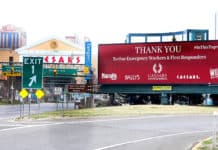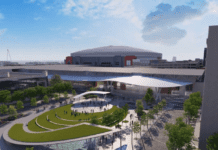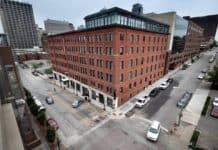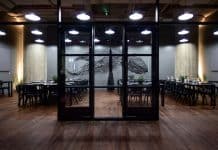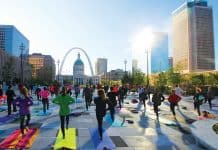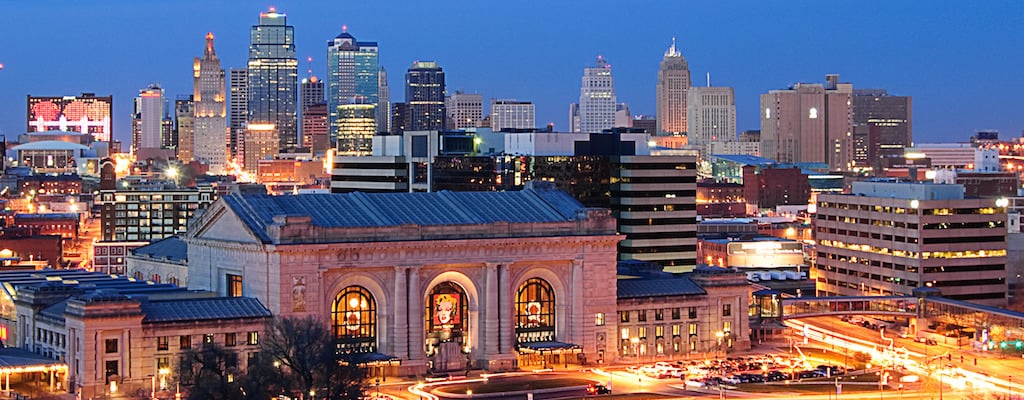
Kansas City has a lot of history on both sides of the Kansas-Missouri border that is often overlooked. For instance, the Negro Baseball Leagues were founded in Kansas City. Lewis and Clark stopped here before setting off on their journey west. And the city produced such jazz greats as saxophonist Charlie Parker.
“Kansas City’s western heritage, paired with its strong offering of museums and attractions, definitely make it stand out as a historic destination,” says Derek Klaus, senior communications manager for Visit KC. “From critical battles of the Civil War to the growth and evolution of jazz, KC has a lot to offer history buffs.”
Here are five historic sites that make Kansas City standout for groups wanting a fresh look at American history.
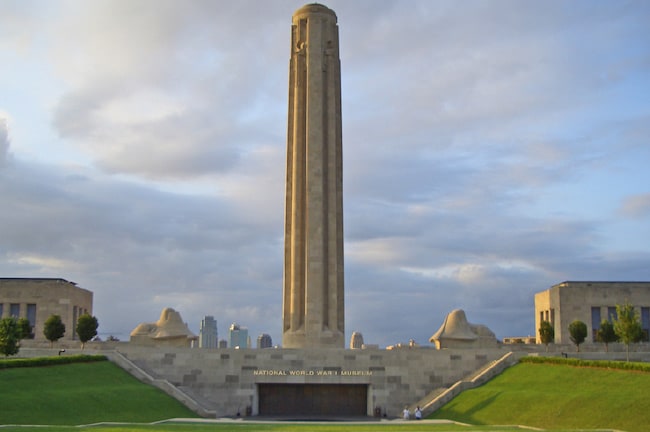
National World War I Museum and Memorial
The National World War I Museum sits below the country’s memorial dedicated to the 100-year-old conflict. Shortly after the war in 1919, the citizens of Kansas City raised more than $2.5 million (the equivalent of $34 million today) in 10 days to construct the Liberty Memorial. And in 1921, more than 100,000 people gathered to see its dedication. The National Museum opened at the site in 2006, recognizing the monument as a nationally significant historic property. The entire complex can host groups anywhere from 30 to large gatherings of thousands. The Memorial Observation Deck—an ideal spot for outdoor receptions or dinners—is situated at the bottom of the Liberty Memorial Tower overlooking the downtown skyline.
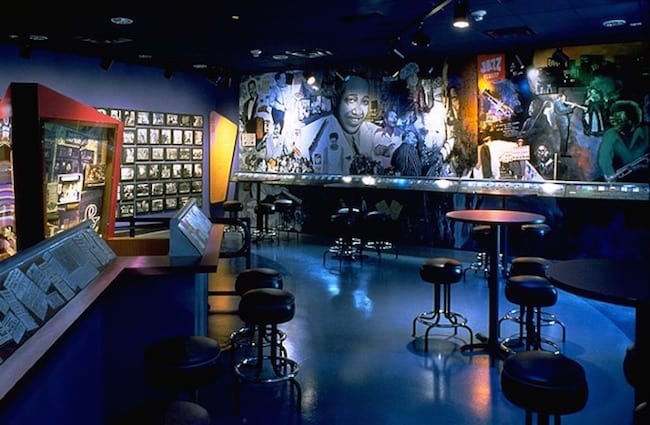
American Jazz Museum
Klaus says that “although jazz might have been born in New Orleans, it definitely grew up in Kansas City.” The country’s only museum dedicated to the genre, the American Jazz Museum tells the story of Kansas City’s jazz heyday during Prohibition and its spread across America. A section of the museum, The Blue Room, is a part of the exhibit by day and an upbeat jazz club by night, with live performances from veterans of the local jazz scene. Among several event spaces available at the museum is the 500-seat Gem Theater, which opened in 1912.
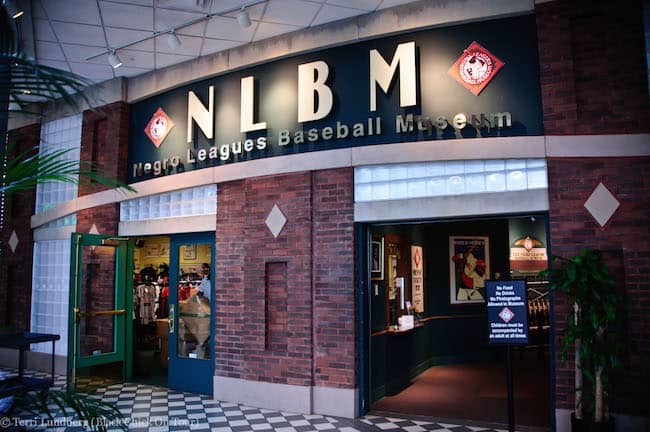
Negro Leagues Baseball Museum
Dedicated to the history of African American baseball, the Negro Leagues Baseball Museum works in tandem with the adjacent American Jazz Museum, sharing similar event spaces available to groups. “Touting players like Jackie Robinson and Buck O’Neil, the Negro Leagues were founded in Kansas City and became major tourism drivers in the early 1900s,” says Kraus. “On a national scale, they played a significant role in the growth of baseball and the breaking of the color barrier.”
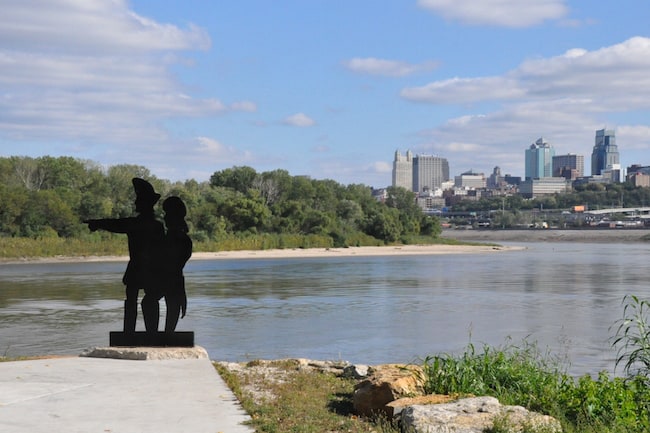
Lewis & Clark Historic Park at Kaw Point
Lewis and Clark arrived at Kaw Point, where the Kansas and Missouri rivers meet, on June 26, 1804. They stayed here for three days before traveling west, and groups can come visit the wooded trails, wildflowers and wildlife that remain similar to when the explorers experienced it. The 10-acre park also features a natural rock amphitheater for events. It seats up to 500 people on limestone seats carved with the names of each of the 51 crew members, including Seaman, Lewis’ Newfoundlound dog. The park also features an open-air education pavilion with interpretive signs about the expeditions.
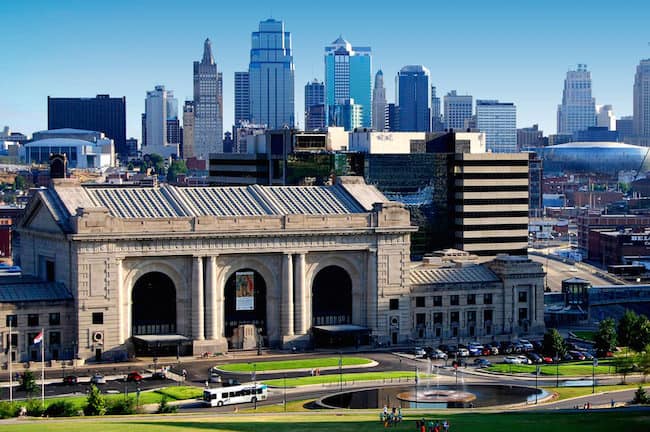
Union Station
Union Station opened in 1914 and served as a major train station until it peaked in 1945 after World War II and eventually closed. In the 1990s, the station underwent a $250 million restoration that reopened the building as a host for museums and other public attractions. It now houses Science City at Union Station as well as several traveling exhibits, restaurants and bars. Plus, Amtrak restored it as a passenger train station in 2002. Its massive ceilings and intricate interior details make it an ideal spot for events of all sizes.



